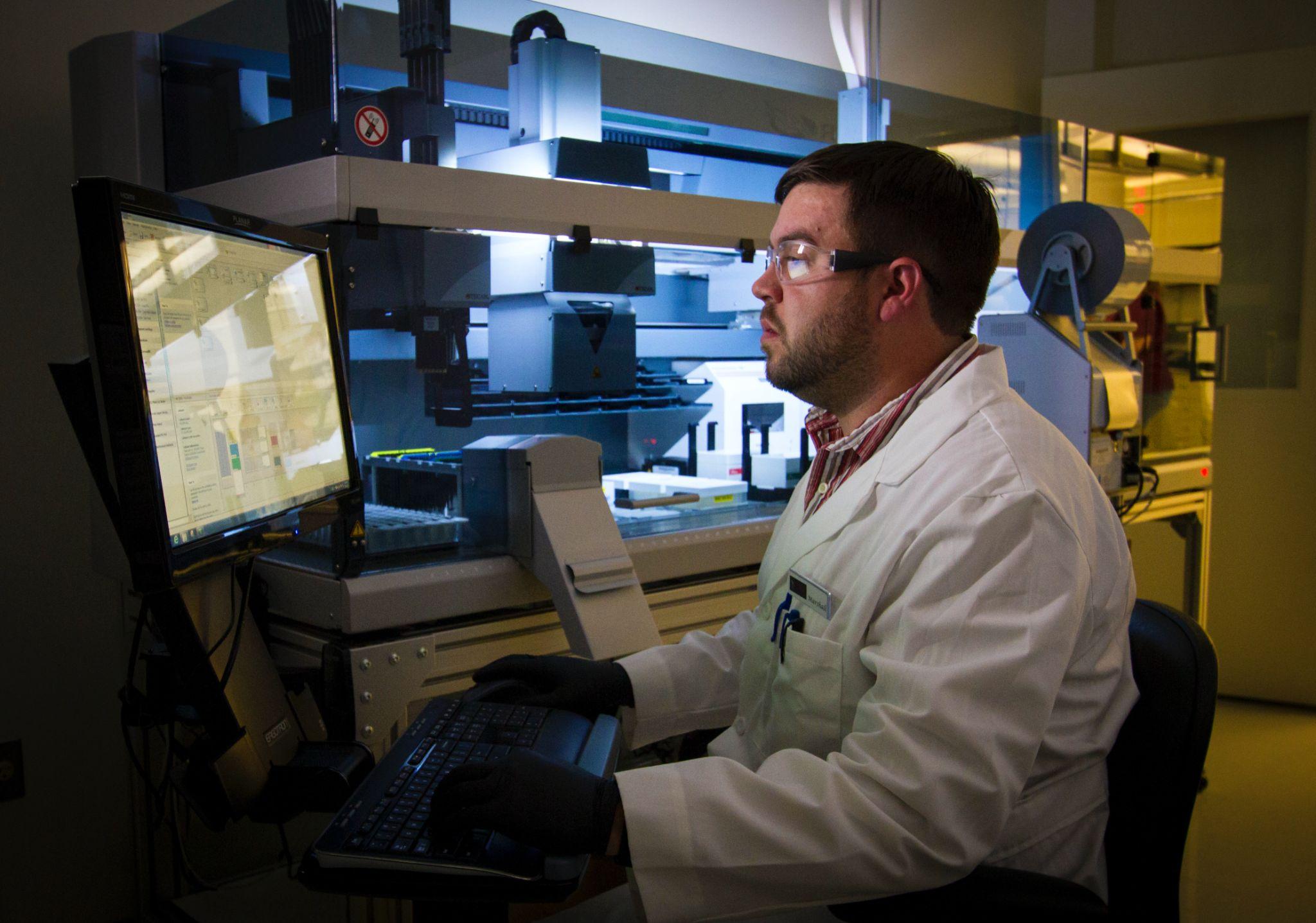
As a participant in a research project, there is always a possibility that you may suffer some kind of negative impact on your body, mind, relationships, or finances. This is what we mean when we talk about risk. In human research, the chance of potential injury as well as the extent of any such harm might range anywhere from almost none to a significant amount.
Only the term “minimum risk” is defined under the federal rules.
What Does Minimal Risk Mean?
When the likelihood and severity of injury or pain predicted in the planned study are not more severe than those typically experienced in everyday life or during the conduct of regular medical or psychological evaluations or tests, the risk is considered to be minimal.
The risks of clinical trials that exceed this criterion is more than trivial, which places restrictions on the way the study may be carried out and increases the number of checks that need to be performed. In addition to this, additional strict permission procedures are necessary if children or other sensitive groups are being researched. A higher risk should be matched with a greater likelihood of receiving benefits that are commensurate with that risk.
Who Are The Benefits For?
The term “benefit” refers to the possibility that the therapy being investigated in the study may alleviate a condition or cure an illness. This may apply to a single person, or it could apply to an entire population. While progress cannot be certain in scientific inquiry any more than it can be in clinical practice, positive outcomes may seem to be a realistic expectation as a result of previous efforts.
Given that this is research, it would be inappropriate to assume that the treatment groups had any kind of benefit. A declaration of the individual benefits should only be made with the greatest caution, if at all, given that the hazards have not been thoroughly studied. The researcher must always make a clear distinction between therapy and study, and they must never tempt a patient into engaging in research by offering the possibility of remission or a cure.
The determination of the risk-to-benefit ratio for clinical trials is one of the primary responsibilities of IRBs. They are obligated to check to see that the potential for harm does not outweigh the potential advantages.
When the potential for bodily harm is low, they have to decide whether or not the psychological and social dangers, such as social stigma, are significant. Ethically questionable research would include labeling participants in a way that would reduce their chances of finding gainful employment or obtaining adequate insurance coverage.

Blind Studies
The term “blinding” refers to a technique in which a participant is not informed as to whether or not he or she is getting an active agent, an inert material that seems identical, or a mimic operation. Researchers may be “blinded” to the identification and treatment of study participants while analyzing data like X-rays (https://www.britannica.com/science/X-ray) or electrocardiograms.
The investigator and the volunteer are both kept in the dark throughout the double-blinding procedure so that neither can determine which treatment the other is getting. In most cases, the research pharmacy would keep the master list in their possession in case there are any difficulties.
Over the last 30 years, it has been clear that blinding study participants and researchers reduces biases in outcomes of investigations where subjective components are relevant. The unfavorable event profile is an example of a finding that nearly always contains elements of subjectivity. Because blinding was not performed, very harmful biases were seen.
Occasionally, the agent’s effects are so blatantly visible that blindness would be a futile exercise. For instance, if a medication for weight reduction were to start working right away, then everyone would be able to see the benefits right away. Under these conditions, it is imperative that an objective assessment of bad occurrences get the utmost attention, and it is essential that conflicts of interest be avoided at all costs.
Administration of Placebos
A therapy that does not really work but seems to be the same as the genuine thing is called a placebo. There are situations when part of the therapy involves inactive drugs and portion involves active meds. As soon as you acknowledge the need for controls, you will need to provide a response to the issue of whether or not placebo controls are desired or acceptable.
International studies have shown that placebos are being used in places where conventional medicines are readily accessible and commonly used, such as the industrialized world. The problem with utilizing placebos as controls also occurs in research carried out in developed nations, where the expense of conducting trials with controls that include the use of conventional treatment is much higher, and where the end points obtained from such research are far less conclusive than those obtained from research that makes use of placebos.
Leave a Reply